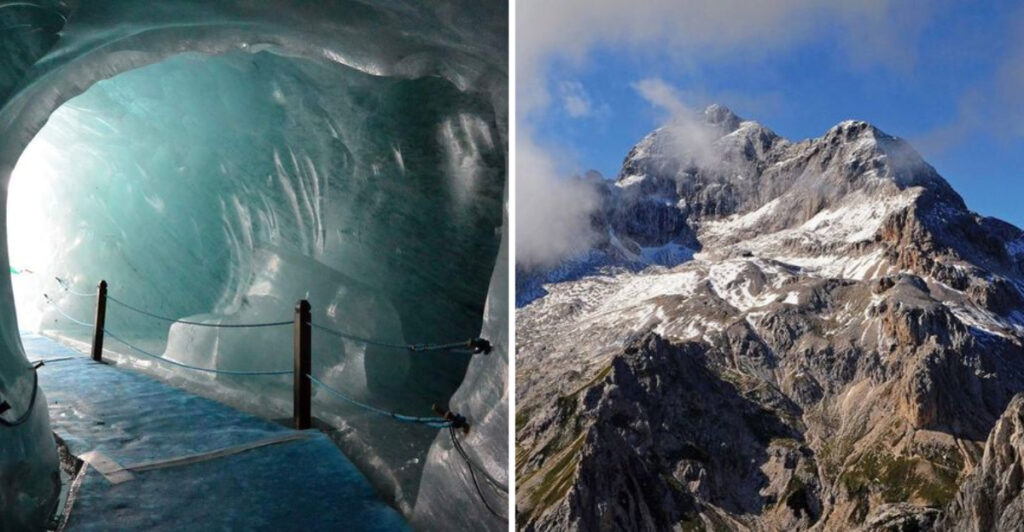Europe’s majestic mountain ranges are not just a playground for climbers but also a repository of hidden secrets waiting to be uncovered. From ancient legends and mystical creatures to geological wonders and historical mysteries, these peaks hold stories that are both intriguing and enigmatic. Let’s explore 17 of these mountains, each with its unique tale that often goes unnoticed by adventurers.
1. Mount Triglav, Slovenia
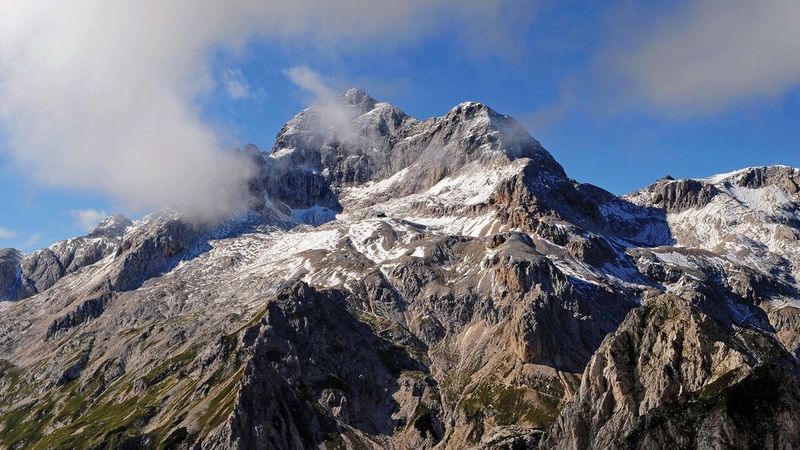
In the heart of Slovenia, Mount Triglav stands as a symbol of national pride. Legends speak of a three-headed deity residing at its peak, watching over the land. This myth has been passed down through generations, embodying the spirit of the Slovenian people.
Climbers may overlook the folklore, focusing solely on the challenging ascent. Yet, the mountain’s cultural essence whispers its story with every gust of wind.
The Julian Alps, surrounding Triglav, add to the mystique, offering breathtaking views that captivate the soul. Here, nature and mythology intertwine seamlessly.
2. Ben Nevis, Scotland
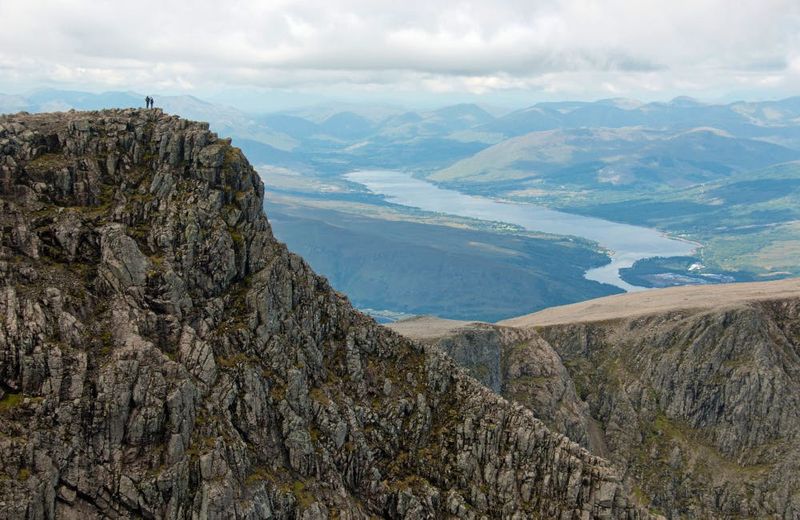
The highest peak in the British Isles, Ben Nevis, is shrouded in mystery. Its name, translating to “Venomous Mountain,” hints at its formidable nature.
Climbers often discover remnants of its volcanic past, with rocks that tell tales of fiery eruptions. These geological formations narrate a story of transformation from fire to ice.
Despite the harsh conditions, the summit offers a reward like no other—a panoramic view of the Scottish Highlands, a testament to nature’s raw beauty and resilience.
3. Mont Blanc, France/Italy
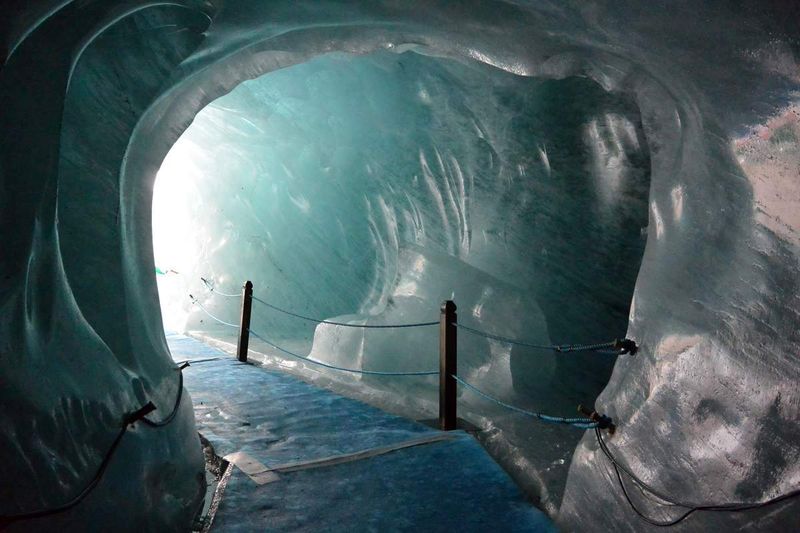
Straddling the border of France and Italy, Mont Blanc is Europe’s highest mountain. While climbers are drawn to its snow-capped summit, few are aware of the hidden ice caves within its glaciers.
These natural wonders, carved by time, offer a glimpse into the mountain’s icy heart. The caves are a secret world, frozen in silence and mystery.
Historians suggest that Hannibal may have crossed these glaciers with his elephants, adding a touch of ancient intrigue to this majestic peak.
4. Grossglockner, Austria
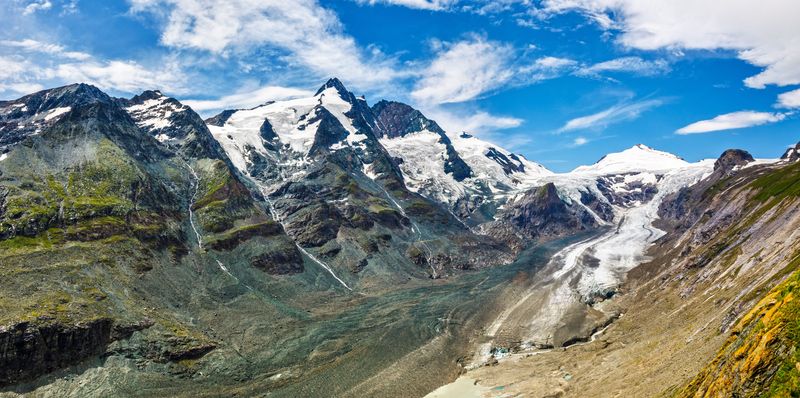
Austria’s highest mountain, Grossglockner, towers majestically over the Hohe Tauern National Park. Amid its rugged beauty lies the Pasterze Glacier, a silent witness to climate change.
Climbers often miss the glacier’s subtle receding lines, a testament to a warming world. This natural phenomenon offers a stark reminder of environmental shifts.
Beneath the snow and ice, ancient fossils have been discovered, revealing secrets of the earth’s distant past, waiting to be uncovered by curious adventurers.
5. Mount Etna, Italy

Mount Etna is Europe’s most active volcano, a fiery giant on Sicily’s horizon. Its eruptions are legendary, captivating those who witness its power.
Yet, beneath its surface lies a network of lava tubes, hidden passages once carved by molten rock. These tubes are a subterranean labyrinth, offering a glimpse into the mountain’s fiery spirit.
Etna’s volcanic soil nurtures lush vineyards, producing wines with a unique flavor. This duality of destruction and creation is Etna’s enduring legacy.
6. Snowdon, Wales
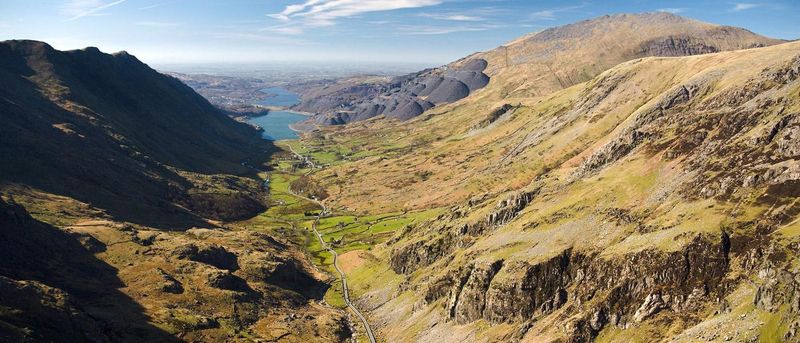
Snowdon, the highest mountain in Wales, is a place of legend and natural beauty. The summit offers views that inspire awe, but its true secret lies beneath.
Hidden within its folds are ancient copper mines, remnants of an industrious past. These mines, now abandoned, speak of a time when men sought wealth within the mountain’s heart.
The mountain’s name, derived from Old English, means “snow hill,” reflecting its timeless, frosty cap that crowns its peaks.
7. Matterhorn, Switzerland/Italy

Matterhorn, one of the most photographed peaks in the world, holds a secret beneath its iconic shape. The mountain’s formation is a geological marvel, a result of tectonic forces that lifted ancient seabeds skyward.
This dramatic rise created layers of rock unlike any other, a hidden narrative in stone. Climbers are often unaware of these origins as they ascend its jagged ridge.
The mountain’s silhouette is synonymous with adventure, a testament to nature’s artistry and the allure of the unknown.
8. Sierra Nevada, Spain
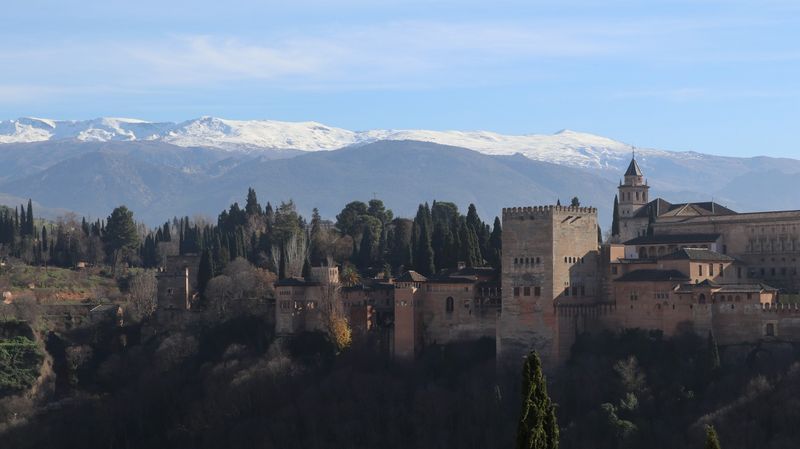
Spain’s Sierra Nevada is a realm of contrasts, where snow-capped peaks meet the warmth of the Mediterranean climate. Hidden within is a mysterious microclimate that sustains unique flora and fauna.
This diversity has earned it a UNESCO Biosphere Reserve designation. Yet, few climbers are aware of the rare species that thrive here, adapted to the mountain’s unique conditions.
The Alhambra, a nearby architectural wonder, mirrors the mountain’s grandeur, creating a harmonious blend of natural and human artistry.
9. Mount Olympus, Greece
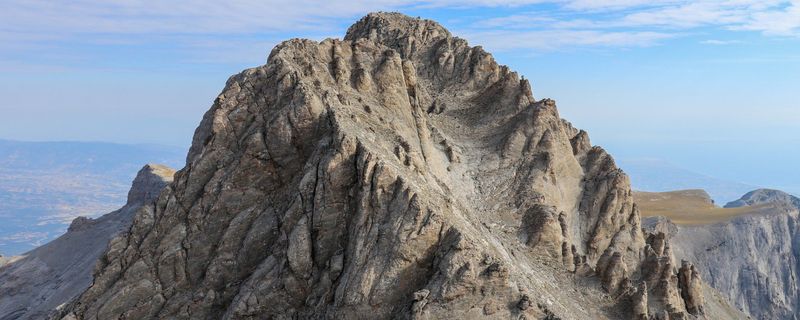
Mount Olympus, the legendary home of the Greek gods, is a place of myth and majesty. Its peaks are often veiled in mist, adding to its air of mystery.
The mountain’s rich flora includes endemic species found nowhere else, a botanical treasure trove. Climbers may overlook these delicate ecosystems, focusing instead on the summit’s allure.
In mythology, this is where Zeus reigned, a reminder of the mountain’s historical significance and its timeless connection to divine lore.
10. Dolomites, Italy
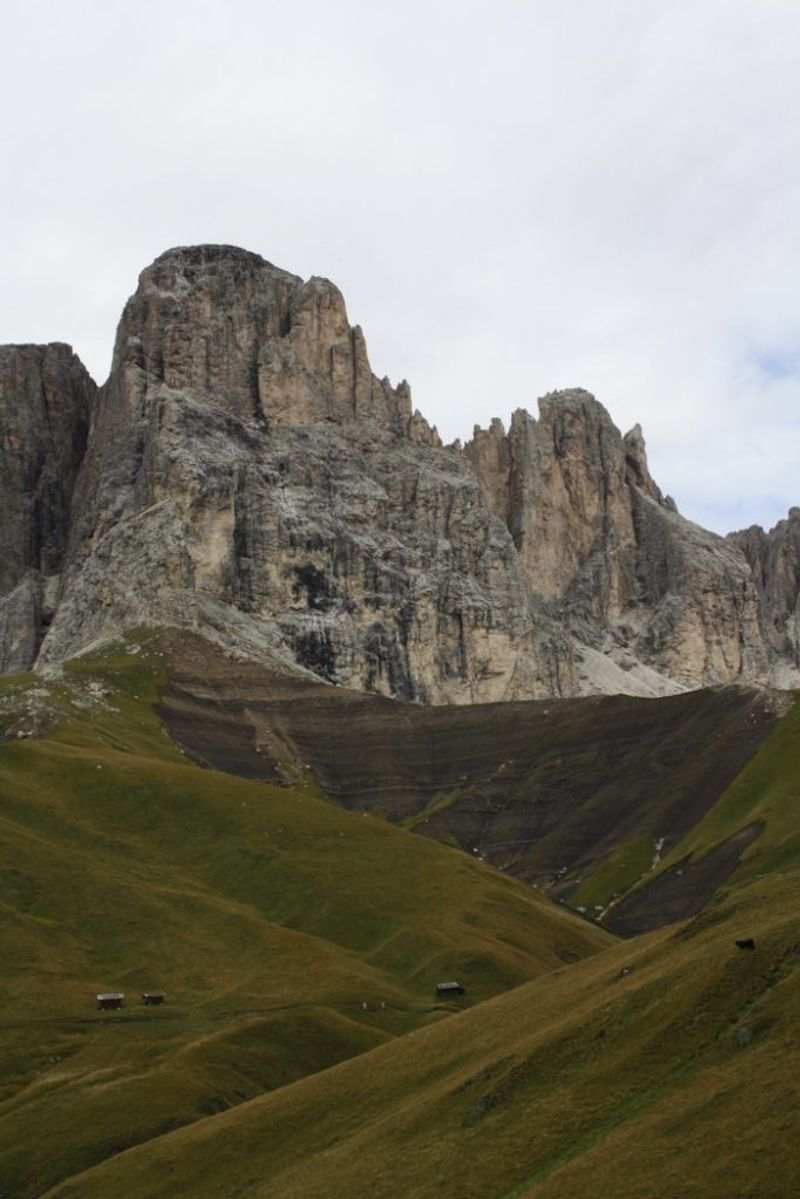
The Dolomites, with their jagged profiles, are renowned for their beauty and geological significance. Known as the “Pale Mountains,” they are composed of dolomite rock, a rare mineral that gives them a unique hue.
These formations were once coral reefs, now fossilized remains of an ancient sea. Climbers might not realize they’re scaling history itself.
The serene valleys below contrast with the dramatic peaks, offering a landscape that is both soothing and awe-inspiring, a true testament to nature’s artistry.
11. Mount Elbrus, Russia
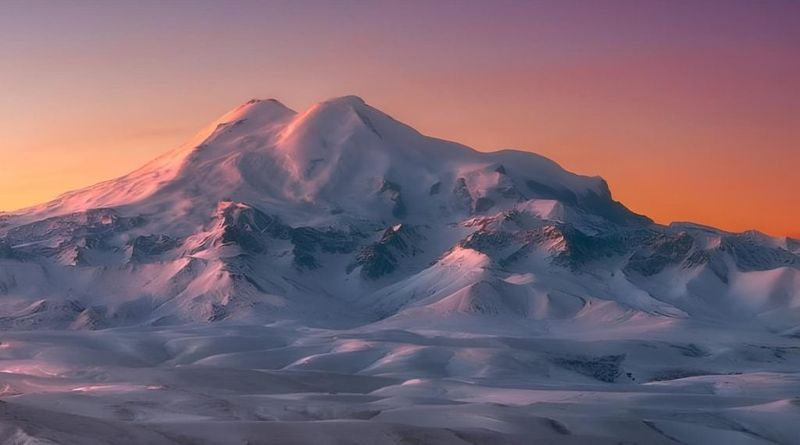
Mount Elbrus, Europe’s highest peak, stands as a sleeping giant in the Caucasus Range. Its twin summits, often snow-covered, are a beacon for climbers worldwide.
Beneath the ice lies a dormant volcano, reminding adventurers of its fiery origins. This hidden fire adds an element of unpredictability to the ascent.
The mountain’s cultural significance is as vast as its height, with local legends and histories blending into a rich tapestry of folklore and adventure.
12. High Tatras, Slovakia/Poland
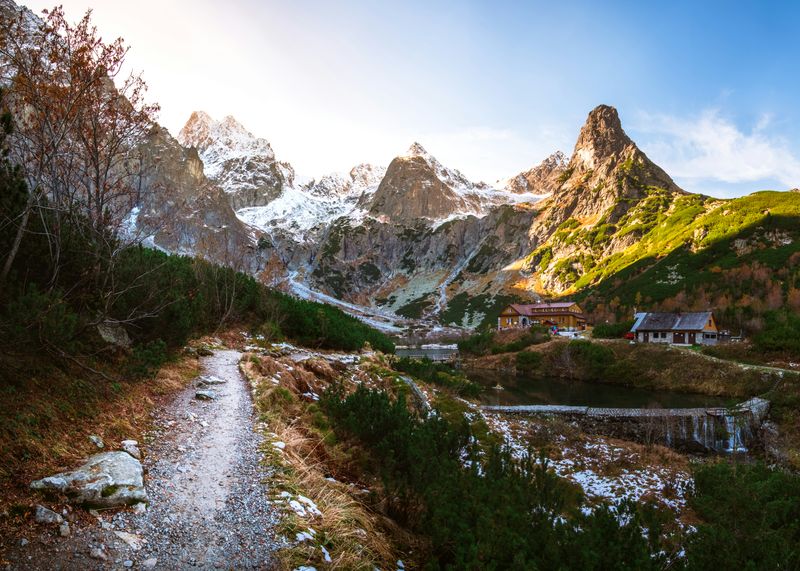
The High Tatras, shared by Slovakia and Poland, are a compact mountain range that packs a punch. Among these peaks lie hidden caves, formed by ancient water flows.
These caverns, some still unexplored, are a subterranean wonderland. Climbers often pass by unaware of the secrets beneath their feet.
The range is home to the elusive Tatra chamois, a symbol of resilience and natural beauty, thriving in the rugged terrain of these majestic mountains.
13. Picos de Europa, Spain
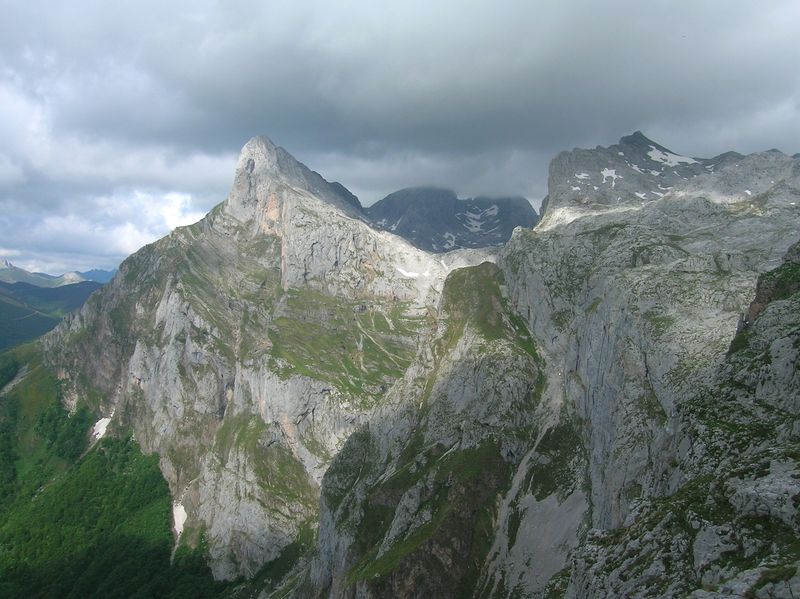
Picos de Europa, a limestone paradise in northern Spain, offers more than just breathtaking scenery. These peaks hide rare fossils, remnants of prehistoric marine life.
Climbers may find these ancient artifacts embedded in the rocks, a silent testament to a world long gone.
The park’s diverse wildlife, including the Cantabrian brown bear, adds to its allure, making it a haven for both adventure seekers and nature lovers alike.
14. Corsican Mountains, France
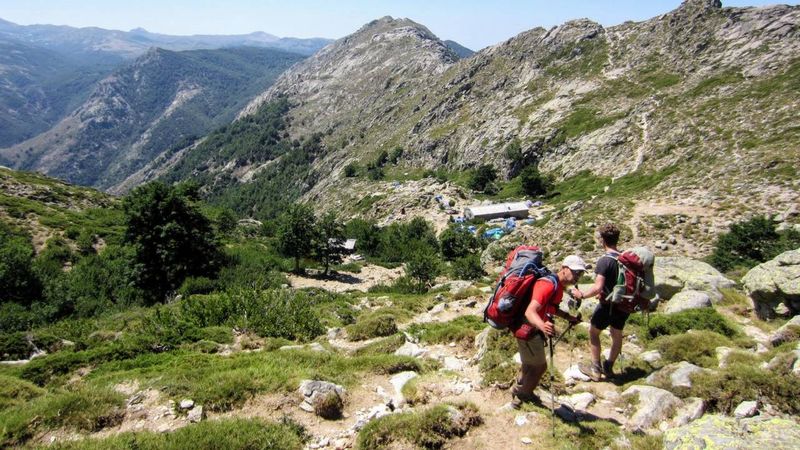
The Corsican Mountains, rugged and wild, are the backbone of the island of Corsica. Within these peaks lie ancient shepherd trails, forgotten paths that tell stories of pastoral life.
These trails wind through dense forests, offering a glimpse into the island’s rustic charm. Climbers often overlook these historic routes, drawn instead to the summits.
The mountains’ granite cliffs and rocky crags stand as a testament to Corsica’s untamed spirit, an island where nature and culture are deeply intertwined.
15. Rila Mountains, Bulgaria

Bulgaria’s Rila Mountains, home to the mystical Seven Rila Lakes, are a place of serene beauty and spiritual significance. These glacial lakes are named after different human emotions, creating a narrative of nature’s connection to the soul.
Hidden in the mountains are ancient Thracian sanctuaries, remnants of a civilization that revered these lands.
While climbers explore the peaks, the lakes offer a tranquil retreat, a reminder of the mountain’s dual role as both challenger and healer.
16. Carpathian Mountains, Romania

The Carpathian Mountains, stretching across Eastern Europe, are a land of legend and mystery. In Romania, they are home to the infamous Bran Castle, often associated with the Dracula myth.
These mountains are rich in biodiversity, a sanctuary for wildlife including wolves and bears. Few climbers realize the ecological wonders that lie within its forests.
The Carpathians’ rugged terrain and mist-laden valleys inspire tales of supernatural intrigue, a place where myths and reality blur.
17. Cairngorms, Scotland

Scotland’s Cairngorms hold a secret that whispers through the heather. Not just a destination for the usual climbing endeavors, it sways with the tales of its ancient Caledonian pine forests.
Amidst its rugged beauty, hidden lochs reflect the sky like forgotten mirrors. Here, the native wildlife paints a picture of Scotland’s primal essence, with red deer and golden eagles tracing the skyline.
The Cairngorms’ charm lies not in conquering its peaks but in wandering its valleys, where every step is a dance with history and earth. A secret, best discovered with open eyes.

